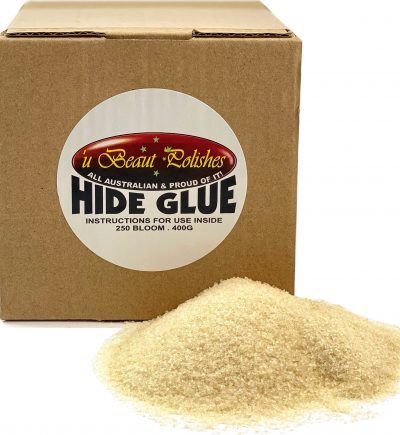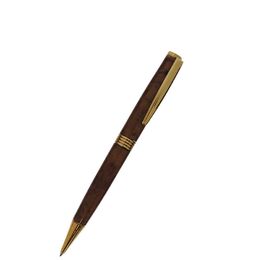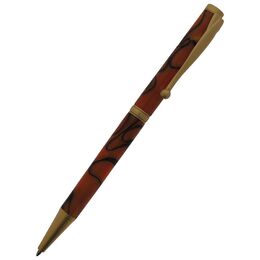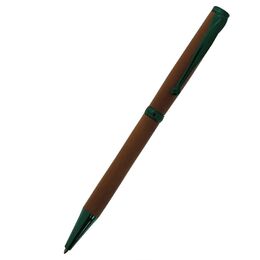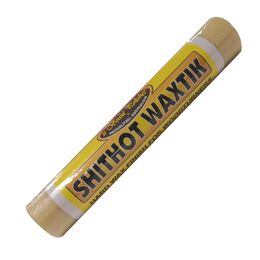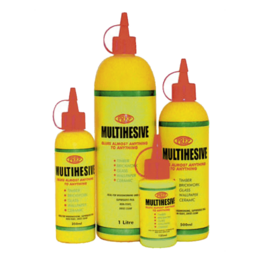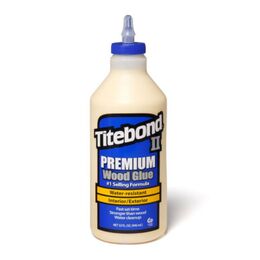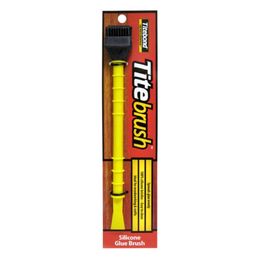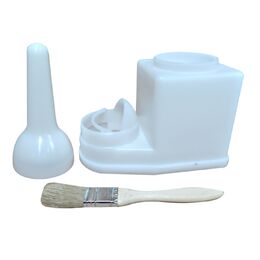For centuries, hide glue has existed for the use of wood finishing and even mural paintings.
Today hide glue is sparsely industrialized, but still used in making and restoring objects. In recent years, yellow and white PVA glues have been used in woodworking applications as a replacement for hide glue (protein glue) under the assumption they provide a stronger and longer lasting bond. This assumption is incorrect and, for those in the antique restoration, furniture construction and restoration, marquetry (applying pieces of wood veneer to a structure or form to create decorative designs) and lutherie (musical instrument making) fields, it is important to understand why hot hide glue is still the superior adhesive solution.
Using PVA glues, a wood to wood bond will vary greatly, depending on the porosity, clamping time and other factors. A percentage of the water content will evaporate or be absorbed before setting occurs. That process leads to a loss of adhesive thickness and, if not under consistent pressure the whole time, results in a weaker bond. Hot hide glue, in contrast, sets by gelling quickly, dependent on temperature and time to set. From that point, no clamping is necessary and the bond continues to get tighter and tighter. The result is a 100%, well conforming airtight joint.
Hide glue, unlike PVA glues, will never set up in one part of the bond and remain wet in another. Hide glues are much stronger than the wood itself whereas PVA glue joints are not. PVA glues also create another problem called “joint creep” since the bonds are stretchable. Given steady pressure, like sitting in a chair for example, the pressured joints will stretch and other joints will be stressed because of that movement. Chairs constructed or repaired using PVA glues do not last as long due to this “joint creep” dynamic since the joints are literally being pulled apart.
On the other hand, hide glue provides a rock hard bond that does not stretch under normal pressure and thus the integrity of the chair is retained. The assumption that a “flexible” bond is stronger is an incorrect one as well. Unless each joint is hard in a chair or any other application dependent on the stability of its own wood, every joint is at risk and will eventually fail. Hot hide glue is extremely versatile on its own or, by adding particular additives, can greatly expand the range of applications for usage. The hide glue bond is molecular; a chemical bond primarily, and a mechanical bond, secondarily. PVA glues only bond mechanically. And since they are stretchable, PVA glues only work in applications where only momentary shear forces are at work. If shear forces are continual, PVA glue bonds will creep, slide apart, and break relatively quickly.
REVERSIBILITY
The reversibility property of hide glue for wood applications provides an advantage over other types of glue.
This provides greater flexibility for not only new jobs, but also for the repair and restoration of old ones. Common wood applications that benefit from hide glue’s reversibility property range from the production of musical instruments, furniture and applying veneers of varying sizes and shapes.

The secrets to reversibility are heat and water. Once you get water and heat to the glue, it will liquefy regardless of how old the glue is or when it was applied.
The hide glue can be fully removed using a hot wet cloth with no impact on the integrity of the original wood. This helps correct defects in production or, for repair and restoration, allows for easy removal of the hide glue. Re-application of new hide glue for a new, strong bond is a simple process that is just not possible with other types of glues.
Quick way to reverse a glued joint on chair and table legs and many other joints:
With a hypodermic needle and syringe, inject Methylated Spirits (ethanol/denatured alcohol) into the joint and leave it sit for a short time. The glue will crystallise and a sharp wrap at the joint with a rubber mallet should break it apart easily. The crystallised glue can be removed with heat and water.
Another great feature of hide glue is its development of a very strong green tack and fast bond. This wood glue greatly speeds assembly and in good clean well matched joints may even eliminates much of the need for clamping and pressing.
Hide glue is also compatible with wood stains. Once other liquid glues touch raw wood, the pores are filled and the glue cannot be removed. As a result, wood stains cannot penetrate evenly. This is the reason for inconsistent stain finishes on wood projects assembled with modern glue. Hide glue, in contrast, is water soluble and can be completely removed using a hot wet cloth. Once the hide glue is removed, the wood stain will penetrate the wood uniformly.
Trusted By


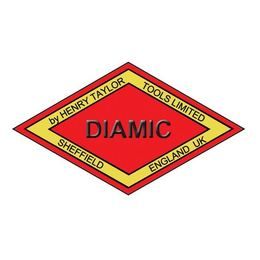

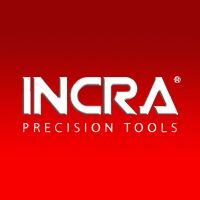
We are a small operation specialising in servicing the needs of woodturners and woodworkers in Australia and around the globe. With a small team of friendly staff we are ready to help you with your woodworking needs. Orders can be placed over the phone, online or you can pop into the shop to make your purchase...Read more


